99.1K Views· 26 March 2025
See a NASA Physicist's Incredible Origami – Folding the Future of Space Technology
Origami may be ancient art, but in the hands of a NASA physicist, it's shaping the future of space exploration. What looks like delicate paper folding is actually cutting-edge engineering — and now the world is getting a closer look at how origami is revolutionizing spacecraft design.
At the heart of this movement is Dr. Robert Lang, a physicist and origami master whose designs have inspired NASA’s efforts to develop compact, efficient, and deployable structures for space missions. His incredible creations — from intricate spirals to deployable solar arrays — blend mathematical precision with artistic elegance.
Why Origami? Folding for Function in Space
Space is limited, both literally and financially. When launching satellites, telescopes, or solar panels into orbit, every inch counts. Components must be tightly packed for launch, then unfold flawlessly once in space. That’s where origami comes in.
By applying geometric folding patterns, NASA engineers have developed:
Foldable solar arrays that expand like blooming flowers
Compact telescope lenses that unfold mid-orbit
Inflatable habitats that deploy for long-term missions
Inspired by traditional Japanese folding, these designs offer maximum surface area in minimum volume — and they must perform without a hitch hundreds of kilometers above Earth.
Dr. Lang’s Fusion of Physics and Art
Dr. Lang isn’t just any hobbyist folder — he holds a Ph.D. in applied physics and spent years at NASA’s Jet Propulsion Laboratory. He’s credited with bringing advanced mathematical modeling to origami, creating algorithms that can fold virtually any shape from a single sheet.
His origami isn’t just beautiful — it’s functional. From airbag designs to biomedical stents, his folding techniques have crossed industries. But it’s his work with NASA that has captured global attention, especially after recent documentaries and public demonstrations.
Viral Buzz: Science Meets Spectacle
A recent video showcasing Dr. Lang's origami creations — including a full-size deployable space structure made from paper and polymers — has gone viral. Viewers are fascinated by how centuries-old folding methods are solving some of the most modern engineering challenges.
Social media is filled with awe-struck reactions:
“I never thought a piece of paper could power a satellite!”
“This is next-level genius. It’s art, math, and magic in one.”
Final Thoughts: The Future, Folded
As NASA and other agencies look to Mars, the Moon, and beyond, origami-based design may be a key to unlocking deep space efficiency. With less bulk and more adaptability, folding structures promise lighter payloads, safer deployments, and creative new ways to build in space.
What once was child's play is now rocket science. And as Dr. Lang continues to fold the future, one crease at a time, the world watches in awe — proof that even in the vastness of space, big ideas can start on a small sheet of paper.






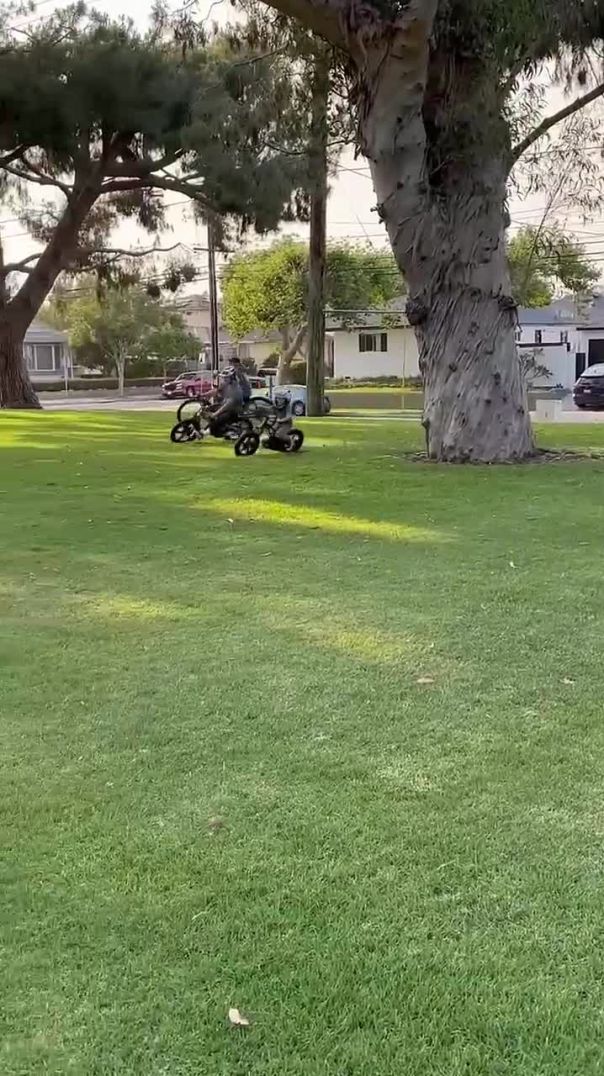
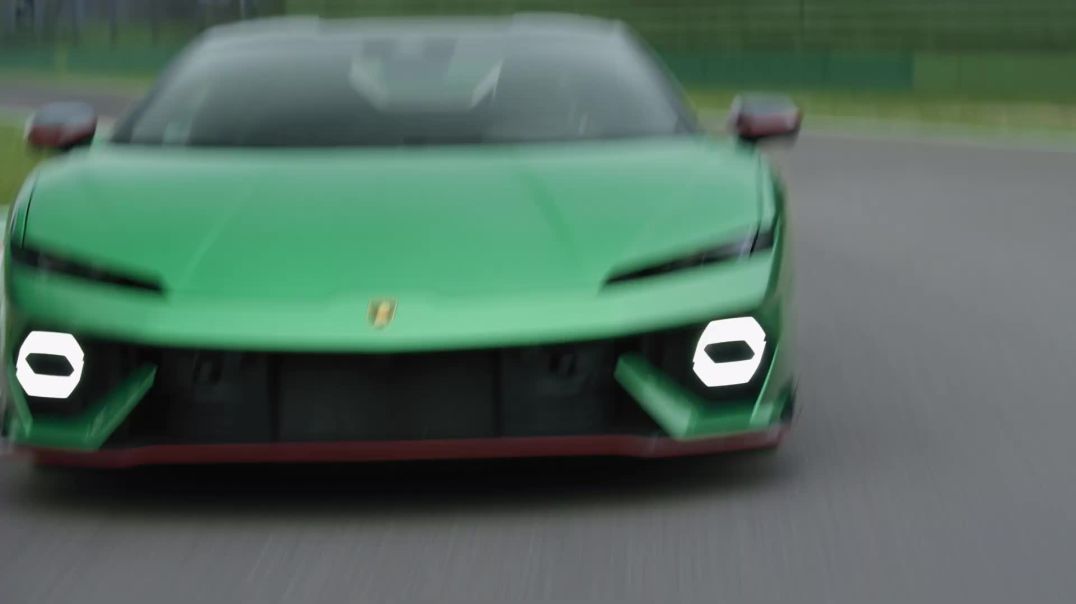



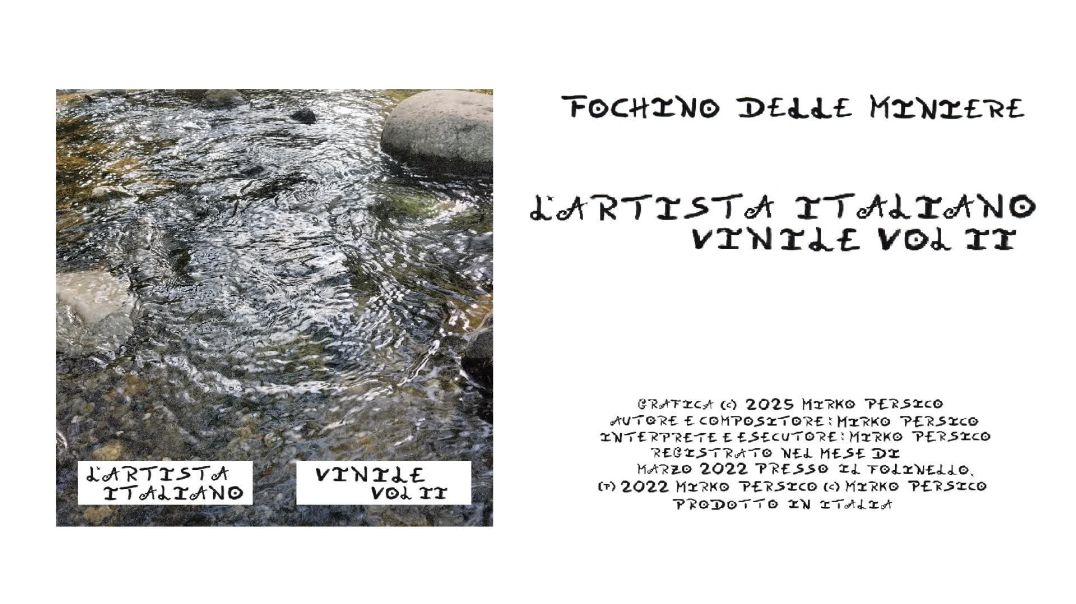
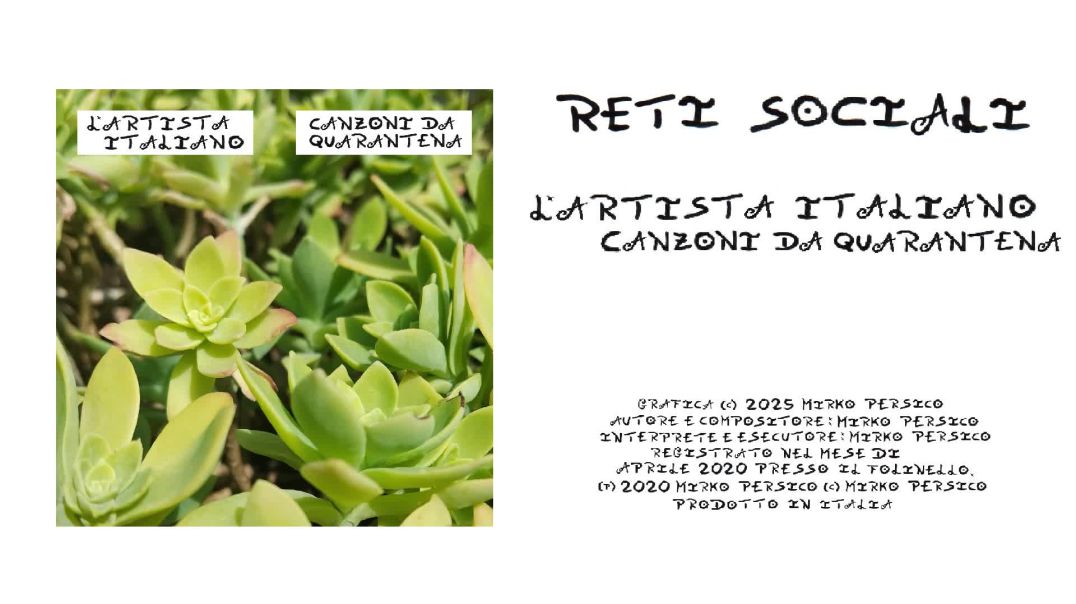
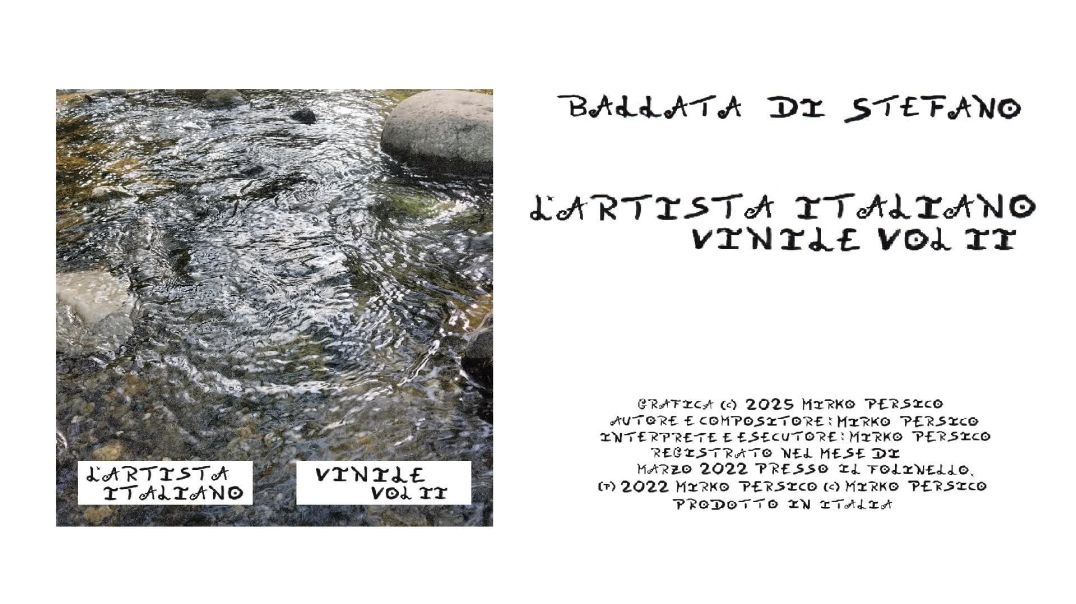
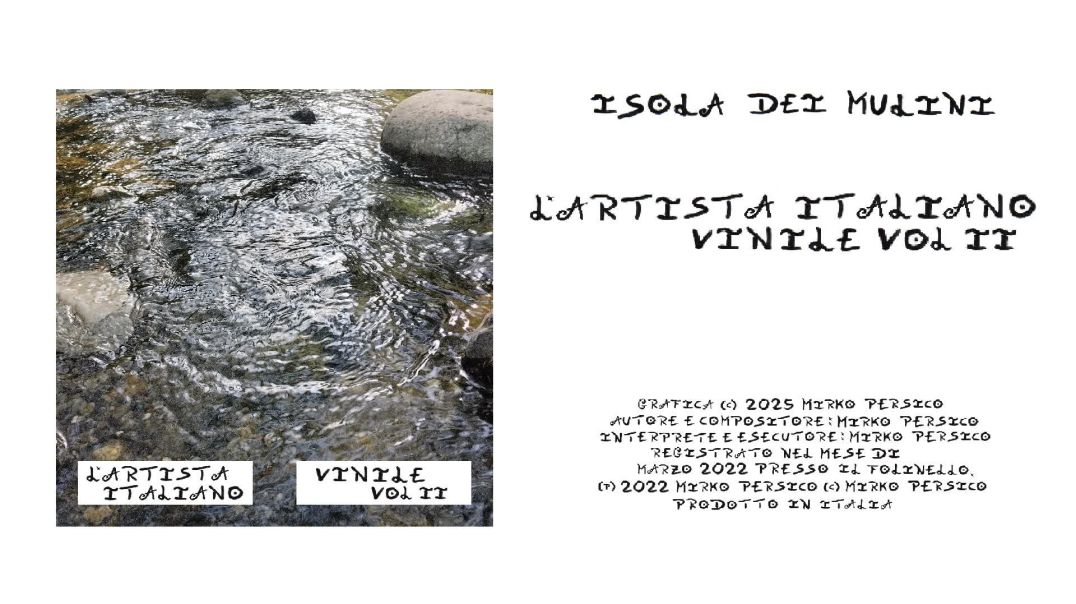
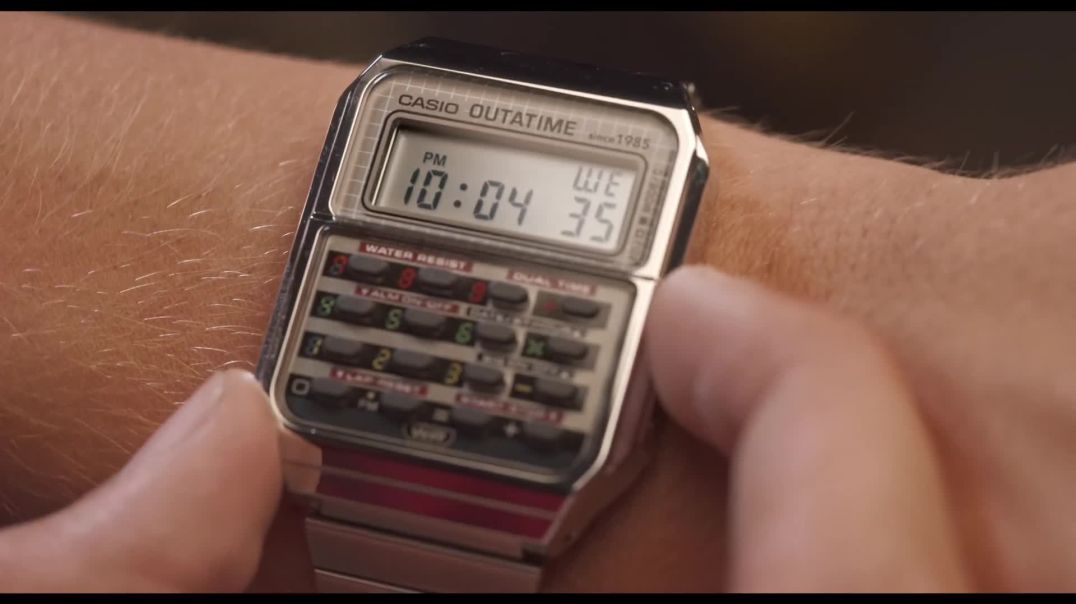
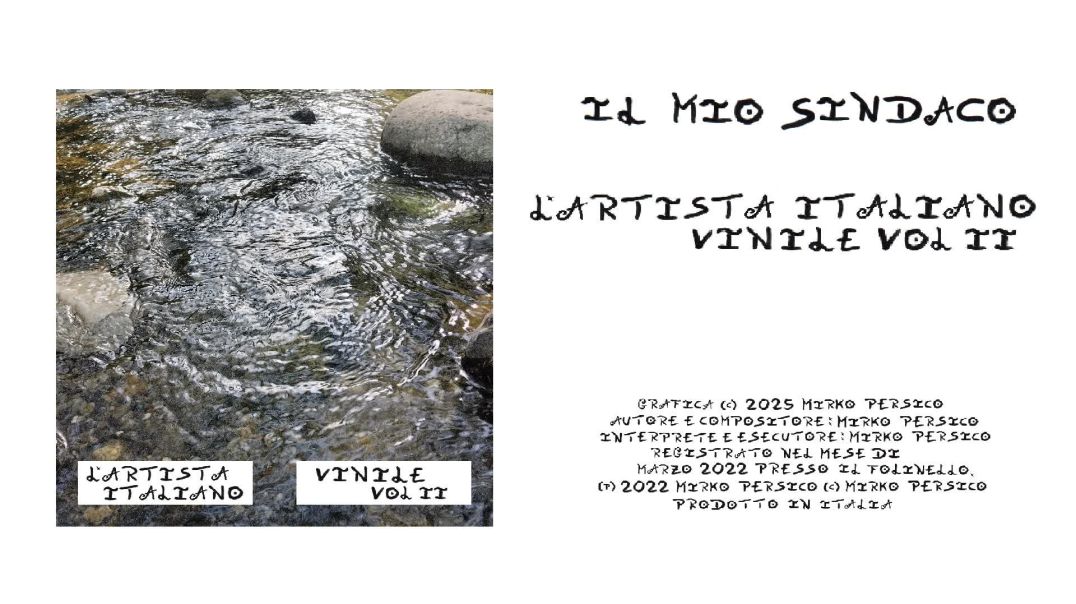
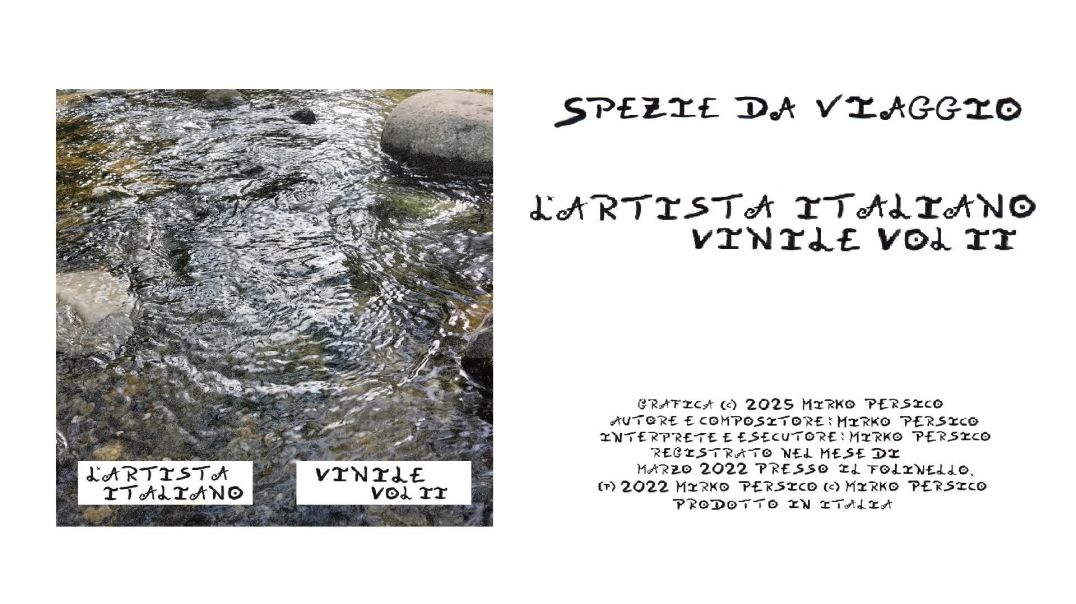
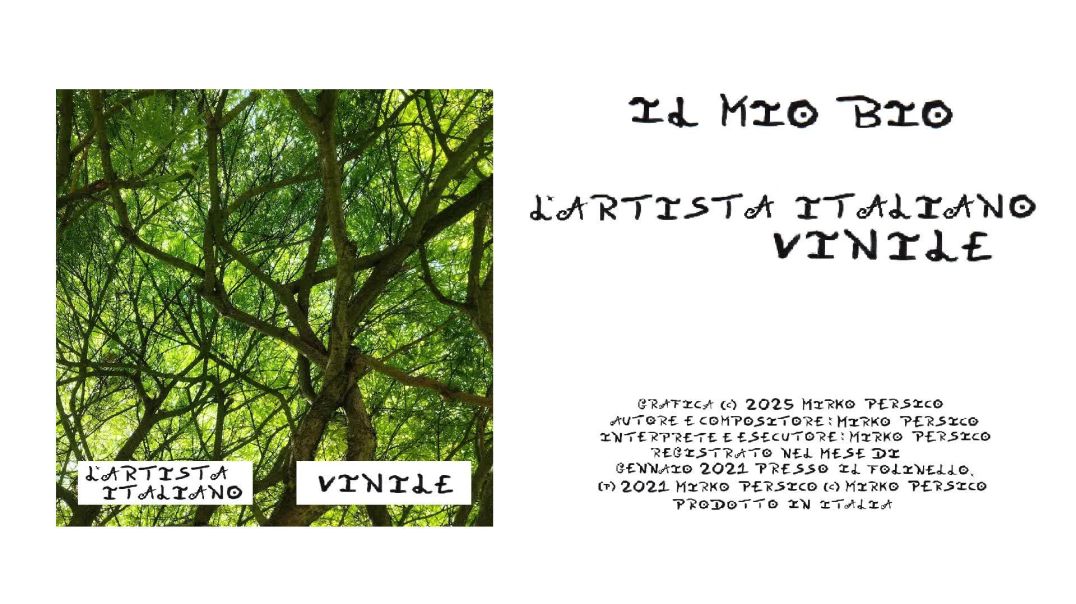
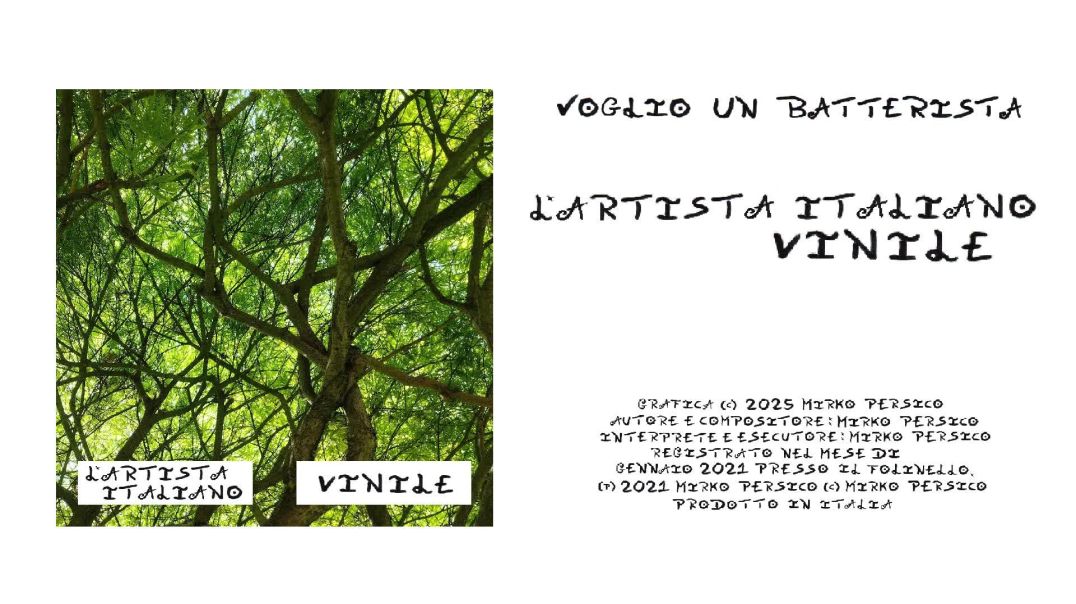

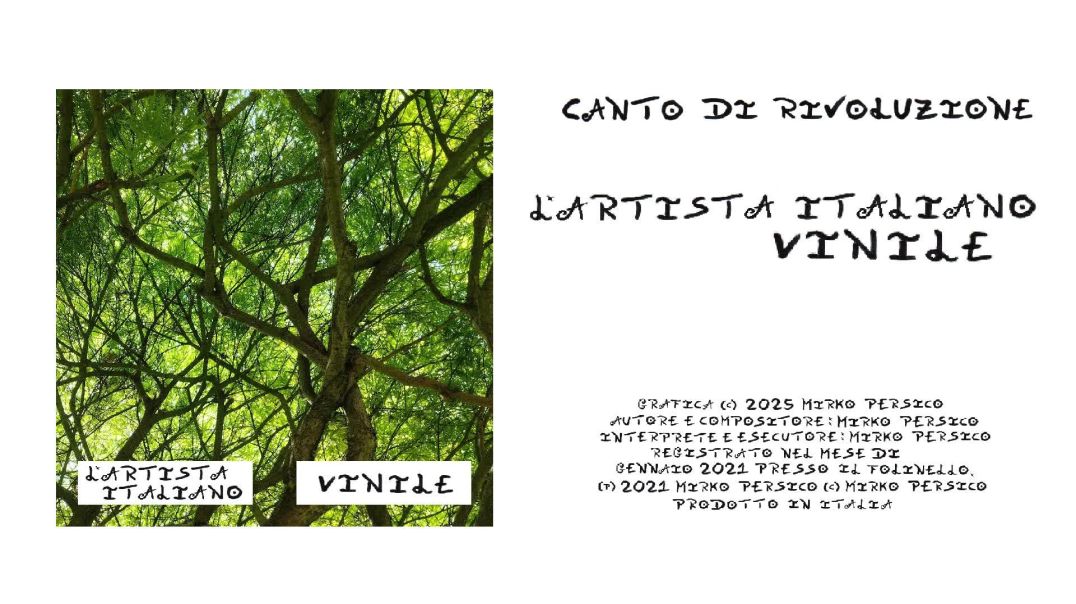

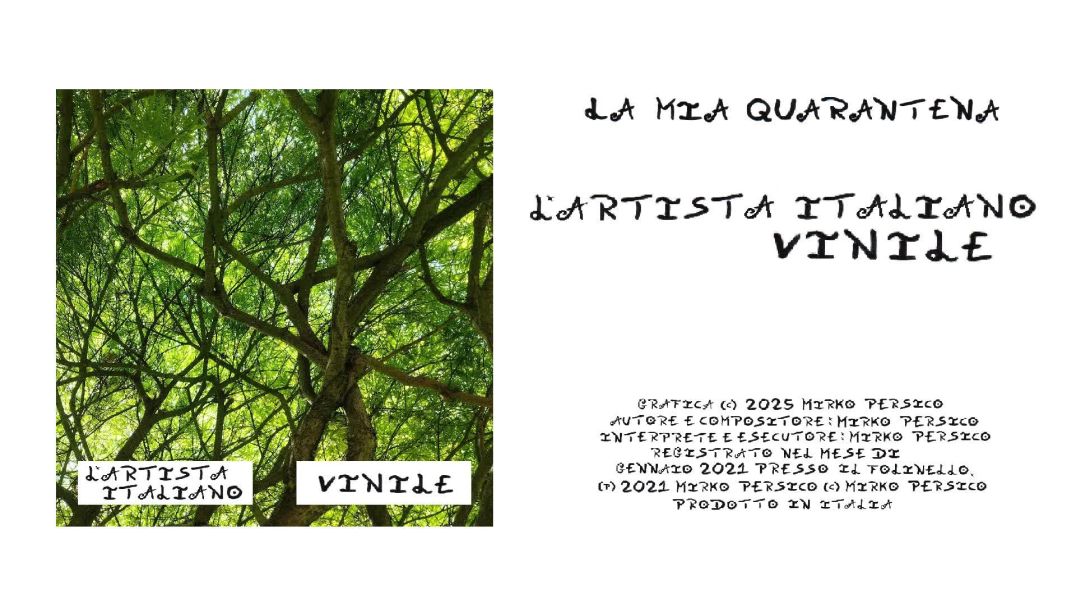
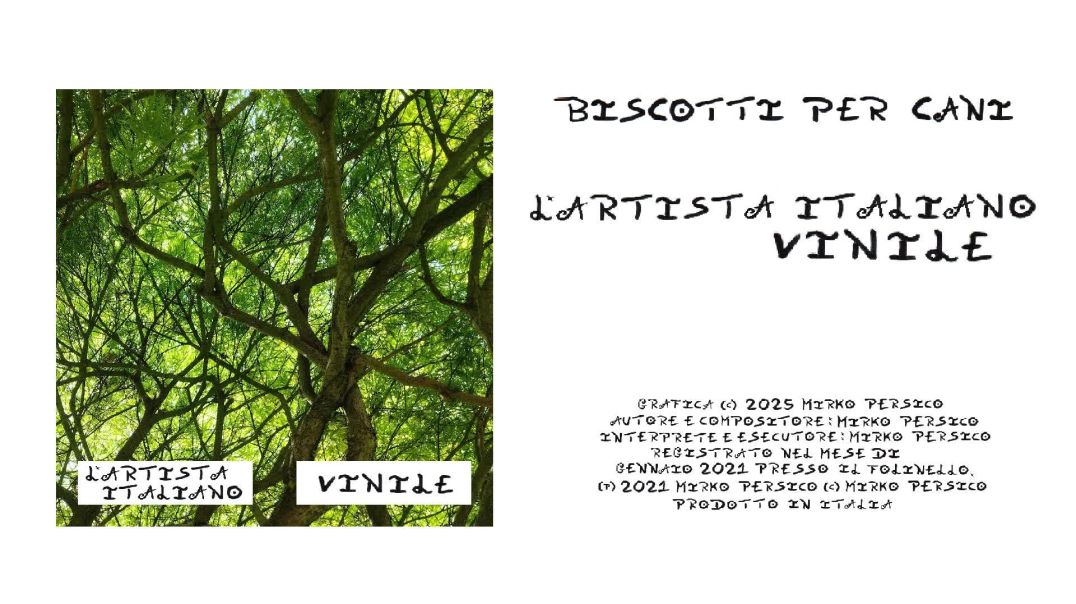
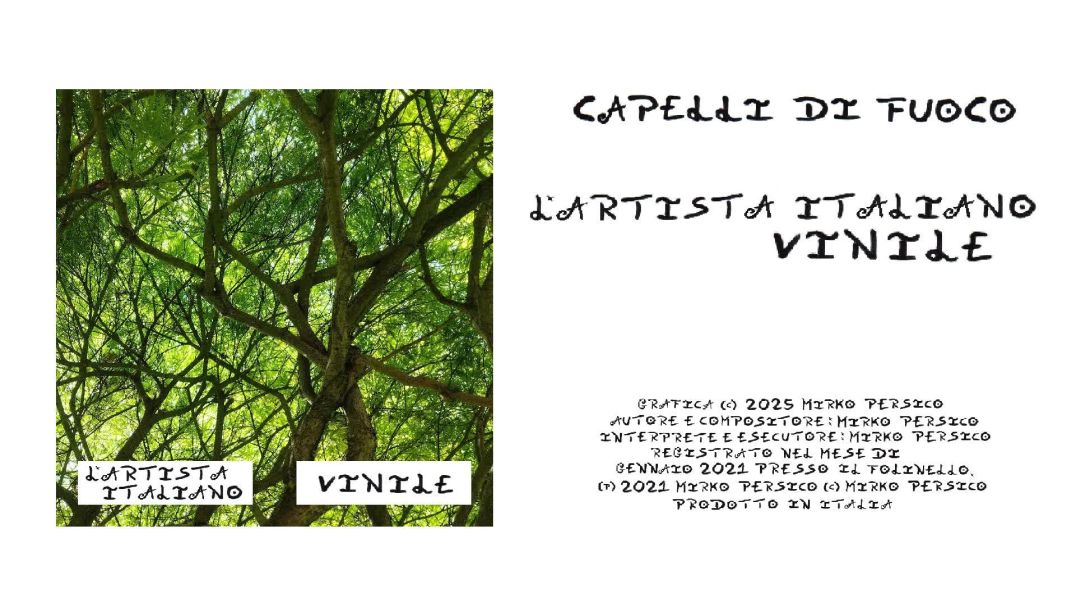

35 Comments
Sharlot Arabshahi
2 days agoKronic Killer LLC
3 days agoSasha15744
3 days agoJust CBD Store
5 days agoXotic Xpress Shop
6 days ago